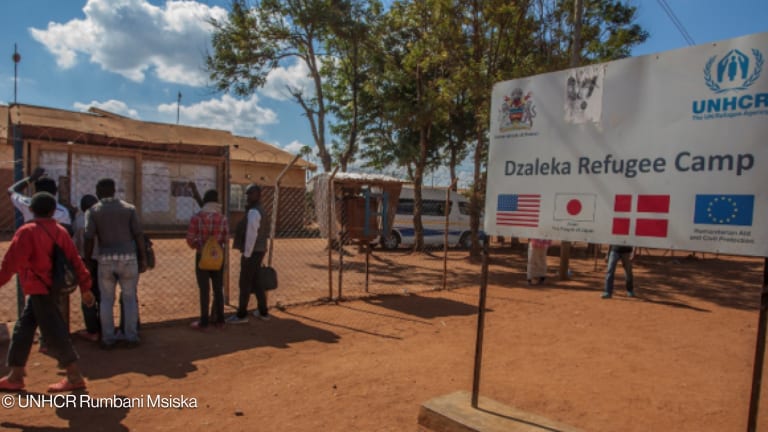
A disaster is slowly unfolding in Ethiopia with millions of families beginning this year grimly, facing the worst drought conditions in more than 50 years. As an international community we have a chance to join forces in immediate, coordinated actions to alleviate suffering and avert a major tragedy.
While El Nino has caused deadly flooding in the United States, it has had the opposite impact in Ethiopia and across the Horn of Africa, causing a steep decline in rainfall over multiple seasons. As harvests diminish and wells dry up, rural families are feeling the impact.
In less than a year, the number of Ethiopians in critical need of food assistance has risen sharply from 3 million to more than 10 million. Desperate for food, more and more rural families are mortgaging their futures — slaughtering prized livestock and consuming seeds that were intended for future planting seasons.
This is a frightening situation and, as mothers, we are especially concerned about the impact on women and children. The latest projections from the Ethiopian government indicate that as many as 400,000 children and thousands of pregnant and nursing women could suffer from severe malnutrition as the situation worsens in the coming months.
In fact, the hardship is already high for the thousands of women and children who spend as many as six hours a day seeking water. Schools have closed in the worst-impacted areas, interrupting the education of up to 1.2 million children, and local health clinics report a lack of water and supplies needed to offer basic medical services — like childbirth — much less supplementary emergency feeding.
Ethiopia is responding to this emergency proactively. It has released a national emergency response plan drawing from analysis generated by a sophisticated early warning system. The country has committed well over $300 million of its own resources and it is actively procuring and distributing food aid by road and a newly built domestic railway system.
With one of the fastest-growing economies in Africa, the country is in a much stronger financial position than it was during the droughts of previous decades. Nevertheless, it still depends on foreign assistance to reduce poverty and provide vital public and emergency services for its growing population, including the more than 750,000 refugees who have fled the unrest in neighboring countries.
The scale of this crisis is simply too big for Ethiopia to handle alone. A humanitarian appeal has been issued to world leaders for $1.4 billion (including $1 billion in food aid). We face a dizzying array of pressing humanitarian problems around the world, but we cannot ignore this crisis in Ethiopia. Failure to act will leave millions of families at risk of malnutrition or death. It will undermine the decades of investments and progress that organizations like ours, and many others, have fought to achieve toward a stronger and healthier future in Ethiopia, and in Africa.
In order help these families and stop this crisis before it gets worse, the international community needs to focus on three things:
First, we need to pressure governments to make good on their pledges of aid, both food and funding, as only approximately 30 percent of pledges have been received so far.
Secondly, we urgently need more governments and individuals to help support and donate before the situation escalates and children begin dying in large numbers.
And finally, we have to ensure that aid gets to the most vulnerable fastest, including children and their families, to save as many lives as possible.
We must come together and do more to support humanitarian relief in Ethiopia now.
To read additional content on land and property rights, go to Focus On: Land Matters in partnership with Thomson Reuters.









